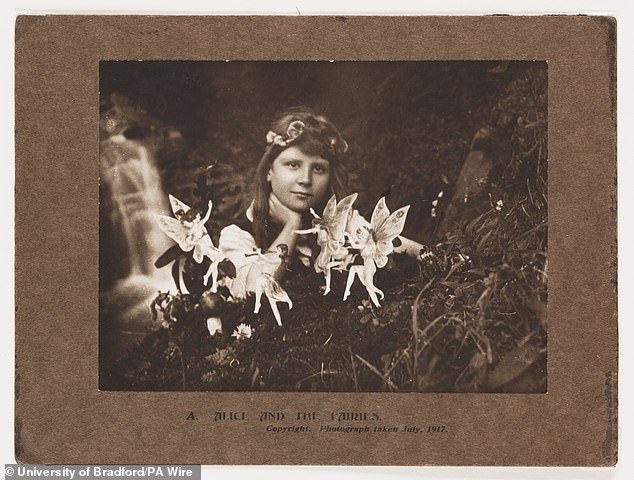Over a century ago, two young girls from Cottingley, West Yorkshire, captivated the world with a series of photographs seemingly depicting fairies in their aunt's garden. These images, published in The Strand magazine by Sir Arthur Conan Doyle himself, sparked a frenzy, with Doyle claiming that if genuine, they would "mark an epoch in human thought."
While the first four photographs were later confessed to be fakes by the girls, Elsie Wright and Frances Griffiths, the fifth image remained a point of contention, with Griffiths claiming its authenticity.
Now, for the first time, the cameras used to capture these iconic images have been subjected to state-of-the-art scanning technology, offering a unique glimpse into the objects themselves. The cameras, part of the permanent collection at the National Science and Media Museum in Bradford, have been analyzed using the latest CT scanners at the University of Bradford's School of Archaeological and Forensic Sciences.
These advanced scanners, capable of imaging details down to seven microns (about the width of a spider silk), revealed the inner workings of the cameras with unprecedented clarity. No evidence of any tampering or manipulation was found, leaving the mystery of the fifth photograph unanswered.
The two cameras used for the fairy images are a Quarter-plate 'Midg' manufactured by W Butcher & Sons in London, which was used for the first two photographs in 1917, and a Quarter-plate 'Cameo' used for the remaining pictures between 1918 and 1920.
While the scanning revealed no fairies, Professor Andrew Wilson of the University of Bradford highlights the "magic" of the technology itself. "These scanners show how we can now look inside objects without disturbing them and see a level of detail that is unsurpassed," he stated.
Ruth Quinn, curator of photography at the National Science and Media Museum, emphasizes the cameras' significance as a testament to human creativity. "The Cottingley Fairies cameras show how ordinary people can achieve extraordinary things when coupled with skill and playful creativity," she says. "Through scanning these objects, we can show the inner workings of how analogue photography works â and the materials which go into making a camera."
This unique analysis offers a fascinating window into the history of photography and a testament to the enduring power of the Cottingley Fairies images, even if their magic ultimately remains a mystery.
Article
Entertainment

Cottingley Fairies Cameras Scanned: No Magic Found

